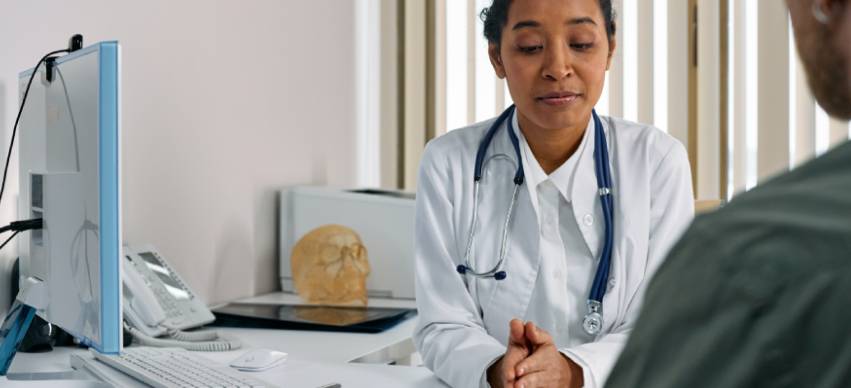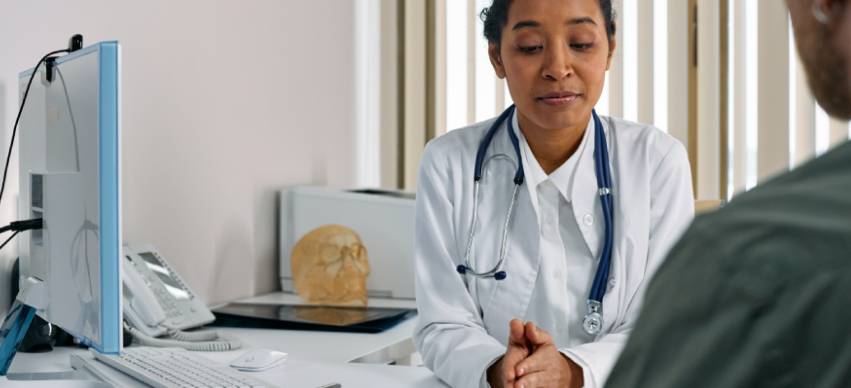What Comprehensive Oral Care Really Looks Like in Modern Den..
11 Min Read


New research has shown that the younger generations are more likely to choose a walk-in clinic or a telemedical appointment than a primary care physician. They feel that the tradition or primary health care system is outdated and often inconvenient for their lifestyle. It’s not surprising. Millennials have done nearly everything differently than the baby boomers that came before them. So, what are some of the benefits of the walk-in clinic that millennials rely on more heavily? And when should one seek out a primary care provider instead?
Walk-in-clinics are designed to treat things that are acute but not an emergency. Minor cuts and sprains that are too severe to treat at home but aren’t life-threatening are a great example of when going to a walk-in clinic is appropriate.
You should turn to an emergency room rather than a walk-in clinic for anything categorized as an emergency. For example, if you’re having difficulty breathing, chest pains, uncontrollable bleeding, a fracture that’s caused an open wound, or anything that could be considered life-threatening.
It’s important to understand that walk-in-clinics aren’t set up to address these problems. They don’t have the staff or equipment to help in the case of an emergency and will just send you on to an emergency room if you go there first.
On that same thought, it’s important not to visit an emergency room for minor injuries or illnesses. Keeping emergency rooms from being overloaded is essential, especially with a continued risk of Covid.
So, if you need to be seen that day but it isn’t life-threatening, then the walk-in clinic is the place to go.
Millennials choose to visit the walk-in clinic rather than schedule an appointment with their primary providers for quality care. You get high-quality, comprehensive care at a walk-in clinic. Overall, the wait times are often short, and the visits are quick, allowing you to get back to your life or work faster.
There isn’t a cost difference between seeking walk-in-clinic care and seeing a doctor for most with insurance. For those without insurance, however, it can be significant savings. Most primary physicians will want to see you multiple times, and that takes up more time and costs more in the long run.
Often those in the millennial generation and below think they can get all the healthcare they need from a walk-in clinic. This is not what walk-in-clinics were designed for, and it’s still recommended that you have a primary care doctor for routine visits. You should really see a primary care doctor for general things such as checkups and non-urgent care situations. Regular doctor visits can help to prevent a wide range of issues.
Another reason that increasingly people visit walk-in-clinics over their primary care provider is the hours. Most primary care offices or private practices keep standard business hours. Those hours are often the same that someone needs to be at work. Even when you are sick, taking time off work can be difficult.
Walk-in-clinics usually keep more extended hours and are more likely to be open after someone gets off work. This makes it significantly more convenient to get the treatment needed for minor illnesses or injuries.
Roughly 18 percent of patients use walk-in-clinic services after hours. Besides working the standard hours, people sometimes don’t realize they should be seen until after regular business hours. For example, what you thought was a minor sprain from a simple trip may, as the day goes on, end up feeling like something you should probably have checked out and x-rayed.
Millennials are also drawn to the fact that a walk-in clinic doesn’t require appointments. At a walk-in clinic, patients are seen on a first-come, first-serve, and urgent basis. If someone has an urgent need, they will likely be seen first, even if you arrive first. Otherwise, it’s the order in which you arrive. Wait times can seriously vary from region to region, being as little as ten to fifteen minutes, ranging all the way up to an hour for more populated and busy locations.
About 39 percent of patients who visit a walk-in clinic use it for the range of services they can offer and the convenience.
The other driving force here is that getting appointments with primary care providers or a family doctor can take weeks, if not months. Especially if you don’t have an established primary care provider. There is also the concern that there are fewer primary care providers in some areas. This makes scheduling an appointment even more challenging. Some things just shouldn’t wait that long, which is one reason why the walk-in-clinic model was created. For example, something as simple as an ear or sinus infection can cause much bigger problems if left untreated. When an appointment with the family doctor isn’t an option, people turn to walk-in-clinics instead.
Walk-in-clinics are led by doctors. Though you may or may not see a doctor directly depending on your illness or injury severity. You may visit with a nurse practitioner instead, but the quality of your care will be the same.
It can’t hurt to call ahead. Walk-in-clinics can vary from location to location. Sometimes, they will close early, especially if they reach their capacity.
You can also double-check with the receptionist or nurse who answers the phone if your problem is a good fit for their services. Walk-in-clinic services can vary by location and other factors. You don’t want to waste a trip and your time waiting if you’re just going to need to go to the emergency department or see a primary care doctor.